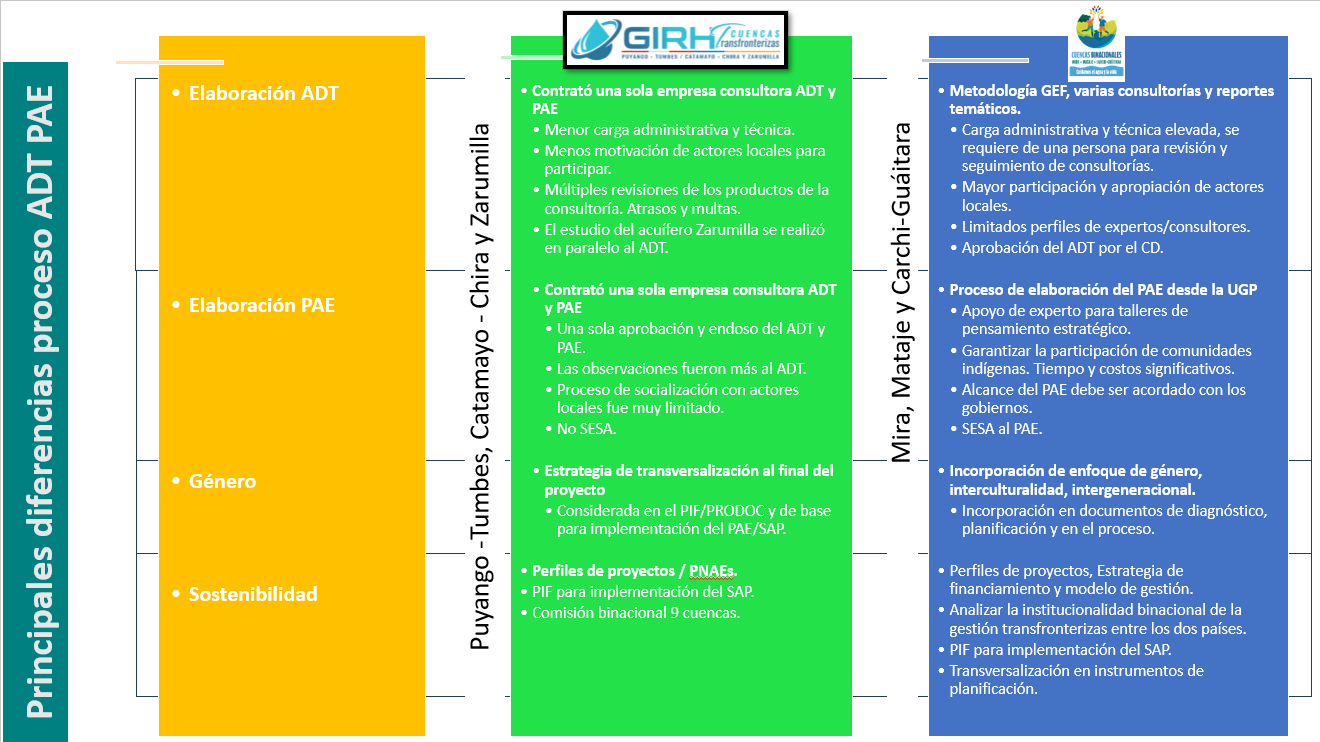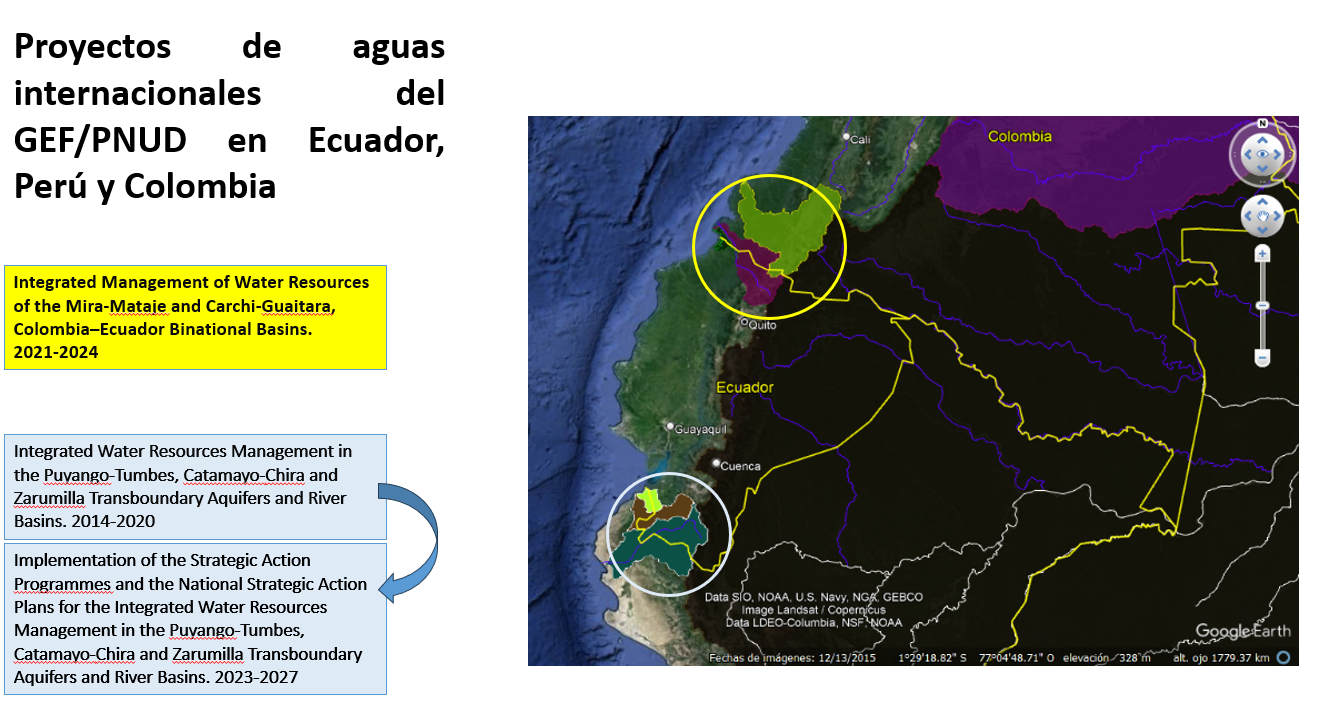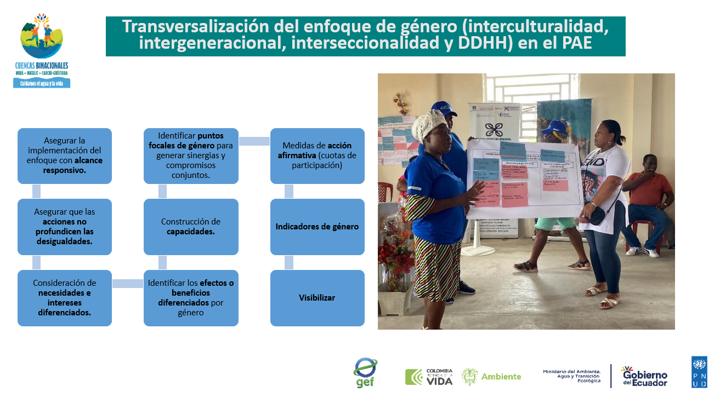Fostering a programmatic approach in UNDP's Water and Oceans interventions in Latin America and the Caribbean
On 8 November 2023, the second meeting of the UNDP Water and Oceans portfolio in Latin America and the Caribbean took place. The event, organized by the UNDP Regional Hub in LAC, was conducted virtually and gathered over 50 participants involved in the portfolio's projects.
During the meeting, the entire project portfolio associated with the management of transboundary ecosystems in the region was presented. The focus was on exchanging experiences in applying the TDA/SAP methodology (Transboundary Diagnostic Analysis and Strategic Action Programme).
The projects currently in progress include:
1. The Humboldt Current Large Marine Ecosystem (LME) - Humboldt 2 (Chile - Peru)
2. Motagua River (Guatemala - Honduras)
3. Mira, Mataje and Carchi - Guáitara (Colombia - Ecuador)
4. Sustainable Pacific (Pacific Coastal Central American LME) (Mexico, Guatemala, El Salvador, Honduras, Costa Rica, Panama and Ecuador)
5. Sixaola River (Costa Rica and Panama)
6. PROCARIBE+ (Caribbean Sea and Northern Shelf of Brazil LMEs) (19 countries)
7. Sargasso Sea (Areas Beyond National Jurisdiction)
8. Puyango - Tumbes, Catamayo - Chira and Zarumilla - Zarumilla 2 (Ecuador - Peru)
9. Global Marine Commodities 2 (Guatemala, Ecuador, Panama, Senegal, Mauritania and Morocco).
A comparative analysis was made of two TDA and SAP formulation processes, one at the level of transboundary watersheds and the other at the marine/coastal level in Large Marine Ecosystems (LME). In the first case, the work carried out in the construction of the Puyango-Tumbes, Catamayo-Chira, and Zarumilla SAP between Ecuador and Peru was presented, as well as the development of the SAP between Colombia and Ecuador in the Mira, Mataje and Carchi-Guáitara watersheds, understanding their particularities and innovations, the approach to gender, the participation of indigenous peoples, and compliance with social and environmental standards, among others. In the second case, the lessons learned from the SAP of the CLME+ Region (Caribbean Sea and Northern Brazilian LMEs Platform) and the SAP of the Humboldt Current LME were reviewed, with important reflections on methodological unification, support for existing processes, civil society participation, integration of the source-to-sea approach and institutional arrangements for project implementation.
The project on Strengthening the Stewardship of the economically and Biologically Significant High Seas Area - The Sargasso Sea is the first project in the UNDP GEF IW portfolio to address a potential LME within the High Seas; the TDA has been renamed the SEDA (Socio-Ecosystem Diagnostic Analysis) and will include a substantial section on ecosystem valuation and cost-benefit analysis beyond its system boundary and at a global level'.
Finally, there was a reflection on the sustainability of transboundary management processes, beyond projects, applying a programmatic approach. Emphasis was placed on the need to formulate SAPs that are of interest to multilateral banks, bilateral financing, and cooperation in general.
For more information and inquiries, please contact: Ana Maria Nuñez (anamaria.nunez@undp.org) and Sebastián Izquierdo (sebastian.izquierdo@undp.org).


.png)
.png)
.png)


























